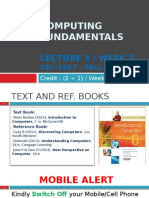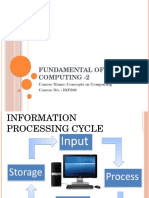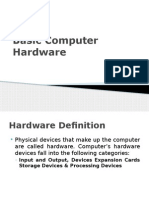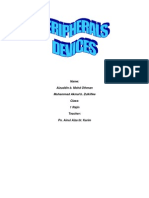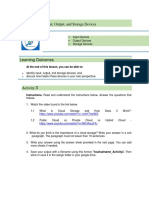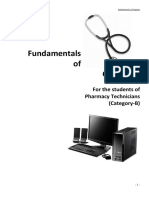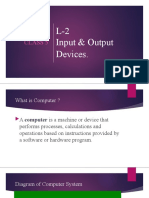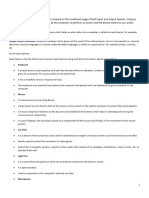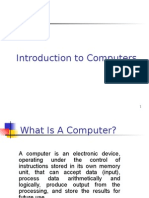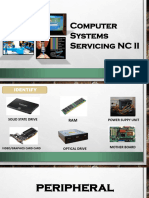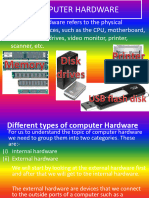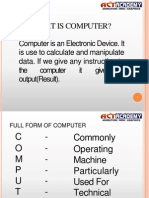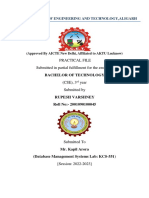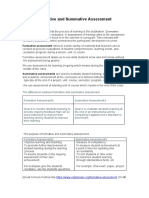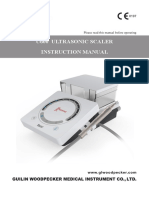0% found this document useful (0 votes)
12 views28 pagesCH 02 InputOutputStorage
Chapter Two covers the concepts of input, output, and storage in computing. It explains various input devices like keyboards, mice, and scanners, as well as output devices such as monitors and printers. Additionally, it discusses different storage mediums, including hard disks, flash memory, optical discs, and cloud storage.
Uploaded by
hwdkCopyright
© © All Rights Reserved
We take content rights seriously. If you suspect this is your content, claim it here.
Available Formats
Download as PPTX, PDF, TXT or read online on Scribd
0% found this document useful (0 votes)
12 views28 pagesCH 02 InputOutputStorage
Chapter Two covers the concepts of input, output, and storage in computing. It explains various input devices like keyboards, mice, and scanners, as well as output devices such as monitors and printers. Additionally, it discusses different storage mediums, including hard disks, flash memory, optical discs, and cloud storage.
Uploaded by
hwdkCopyright
© © All Rights Reserved
We take content rights seriously. If you suspect this is your content, claim it here.
Available Formats
Download as PPTX, PDF, TXT or read online on Scribd
/ 28

